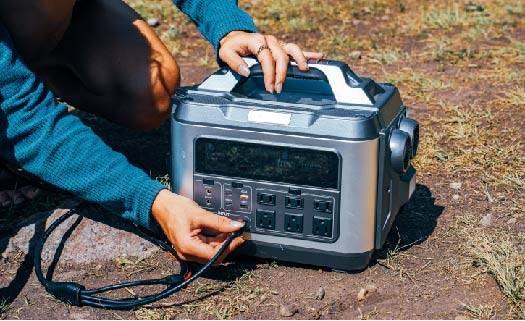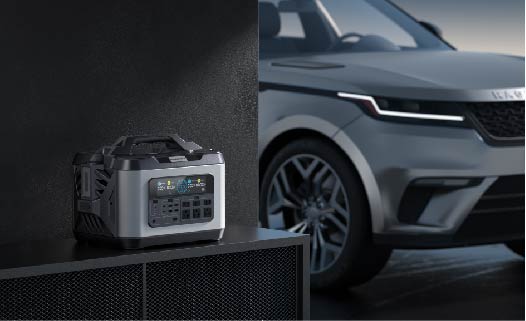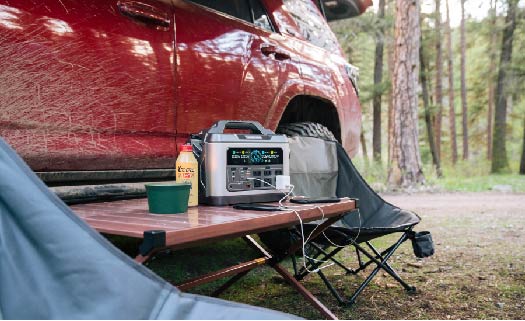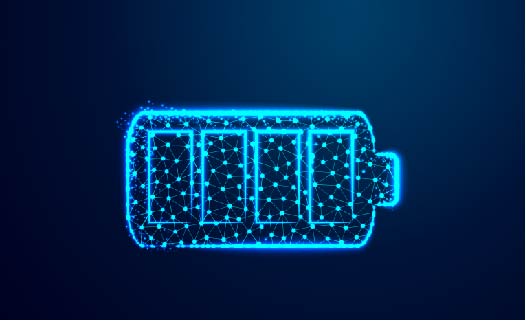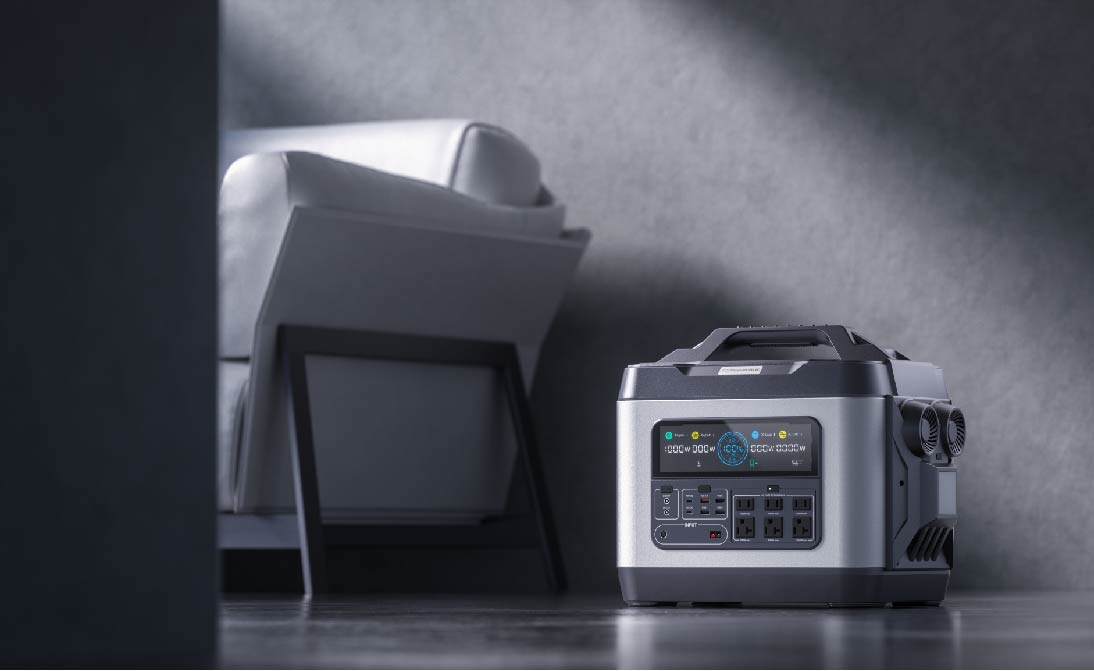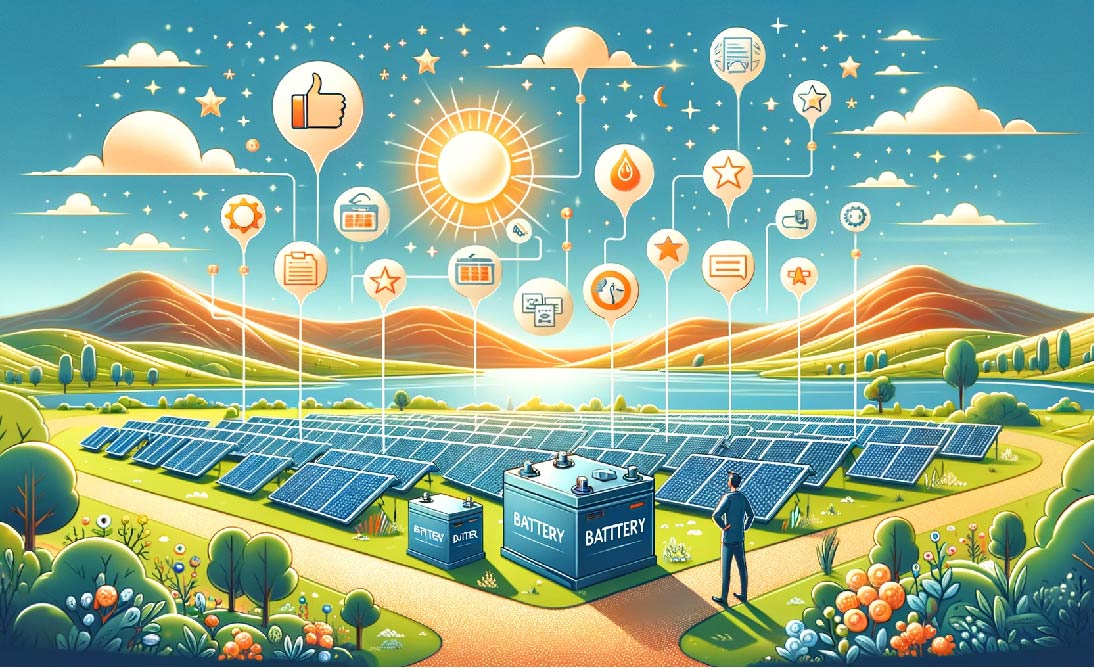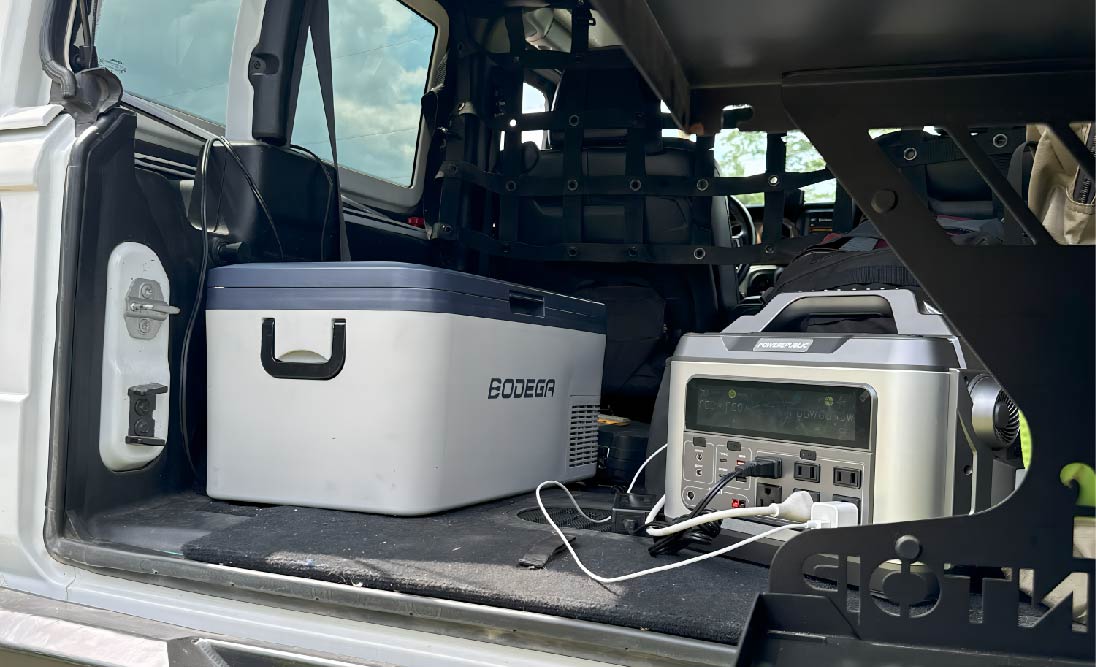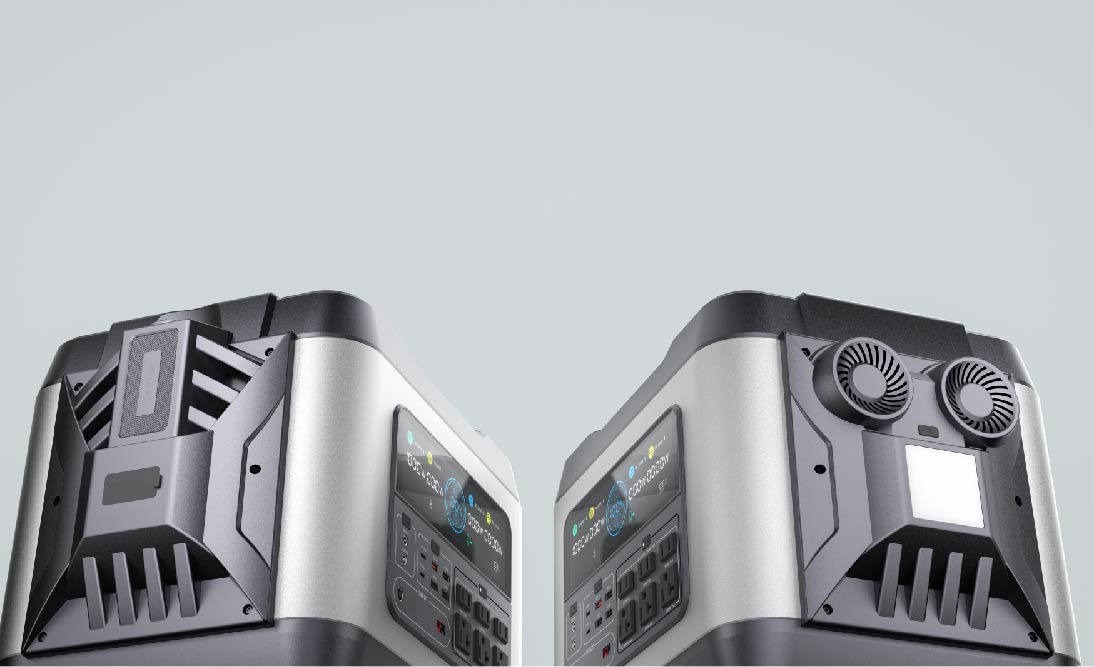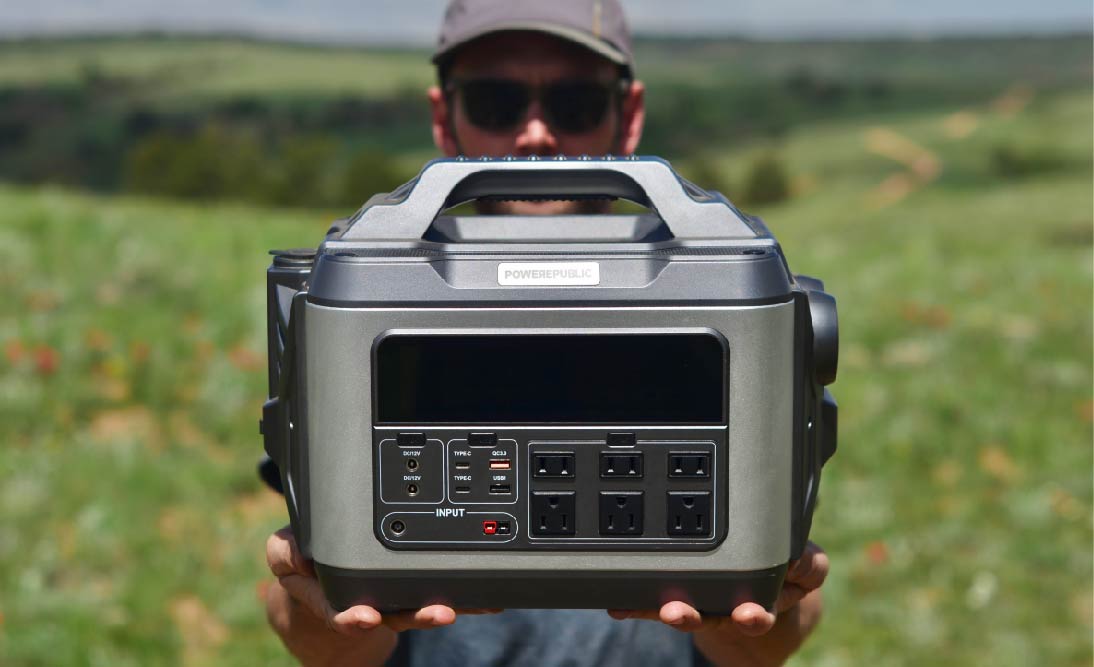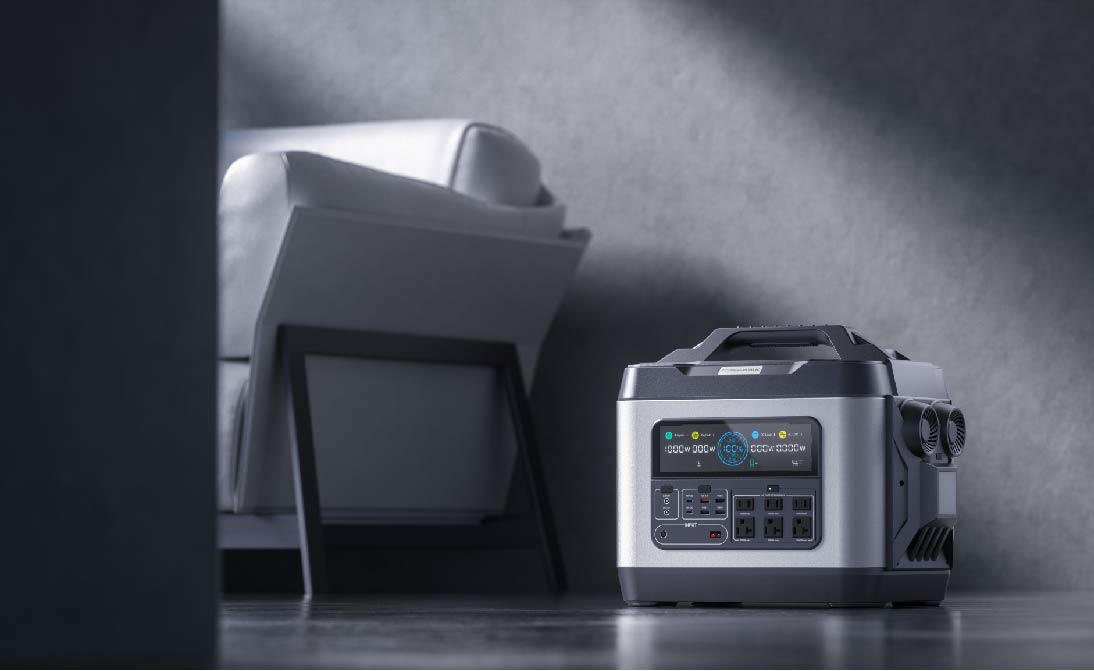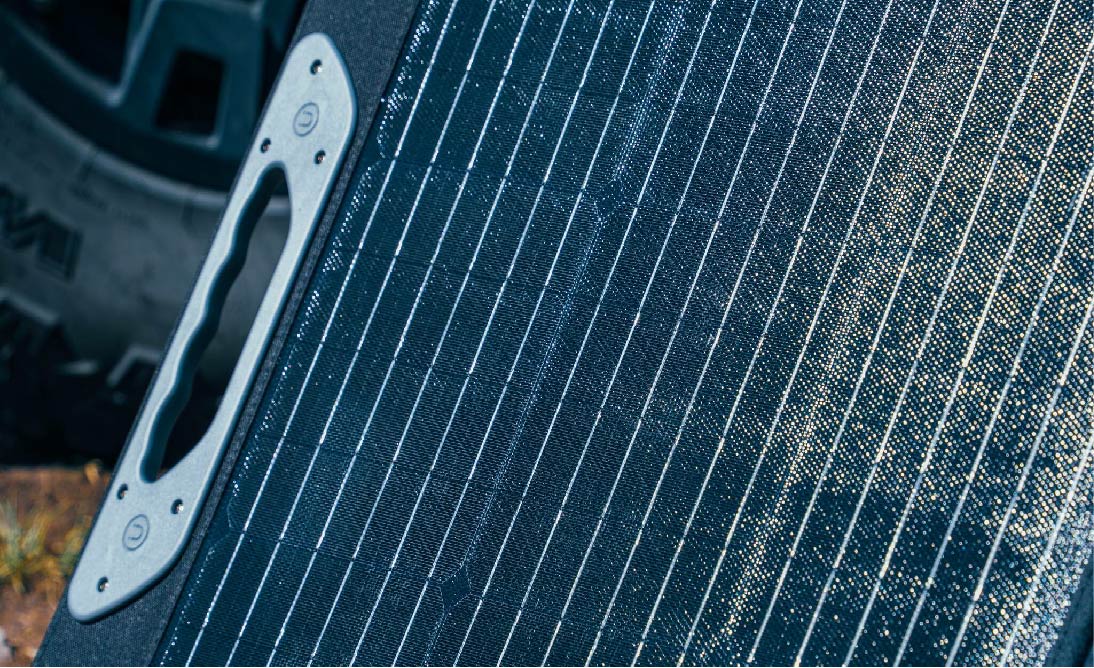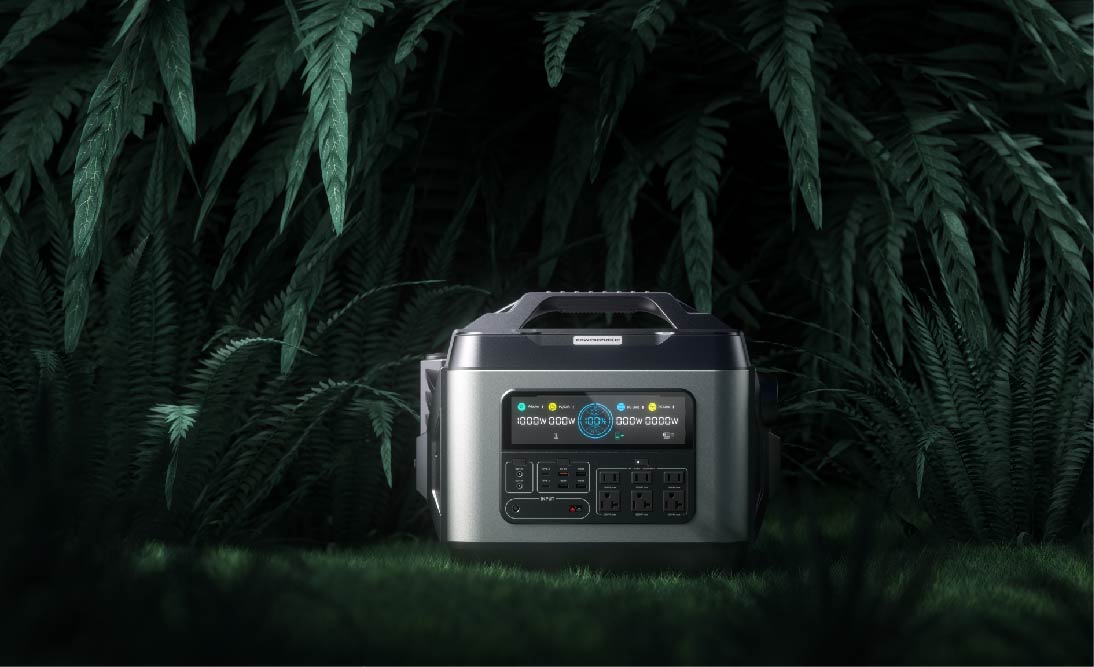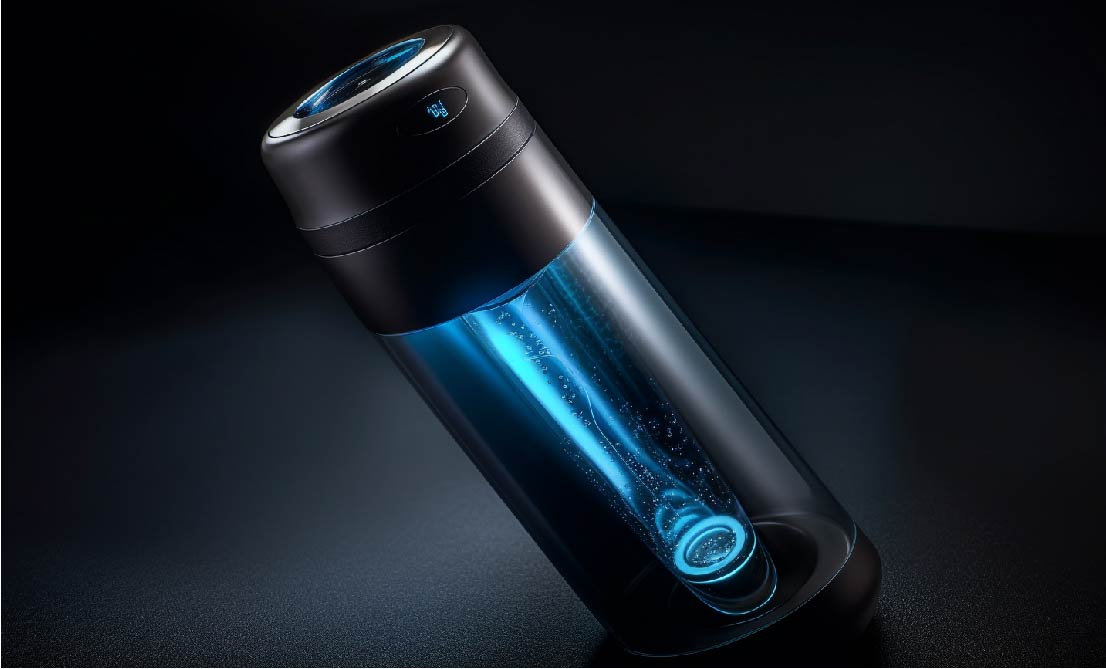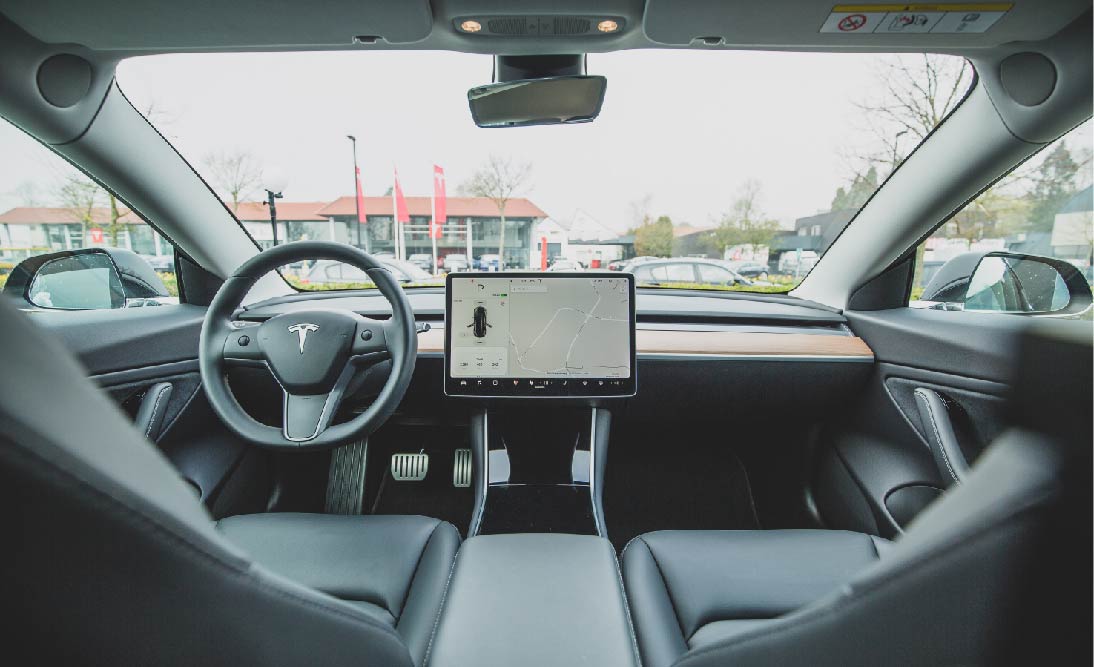Table of Contents
Intro To Semi-Solid Batteries
A semi-solid battery is characterized by one electrode not containing a liquid electrolyte, while the other electrode does. Alternatively, the solid electrolyte's mass or volume within the monomer makes up half of the total electrolyte mass or volume within the monomer.
When comparing semi-solid batteries to the familiar lithium-ion batteries that power has been applied widely today, several compelling advantages come to light. First and foremost, semi-solid batteries are notably more compact, which not only saves space but also broadens their potential applications. Imagine sleeker and more efficient electronic gadgets, as well as electric vehicles with improved space utilization for other functionalities. Moreover, these batteries bring enhanced stability and safety features to the table, promising a significant step forward in minimizing the risks associated with battery-related incidents.
What truly sets semi-solid batteries apart, though, is their potential to elevate energy density. This essentially means that they can store more energy in a smaller space, leading to longer-lasting devices and longer ranges for electric vehicles, portable power stations, and many other devices. The prospect of more sustainable energy solutions becomes tangible with this advancement, as it allows for greater integration of renewable energy sources into our daily lives.
Interestingly, the affordability factor is also a highlight with semi-solid batteries. They offer the tantalizing prospect of being notably cheaper to produce than the widely used lithium-ion batteries. This shift could potentially make advanced energy storage technology accessible to a wider range of consumers.
Given the challenges that solid-state batteries still face in terms of scalability, commercial viability, and cost-effectiveness, an intriguing trend has emerged in the battery industry. Many forward-looking battery companies are investing considerable resources into expediting the research and development of semi-solid batteries. This strategic shift reflects a collective belief in the potential of semi-solid batteries to address current shortcomings and to lead the charge in shaping the next phase of energy storage evolution.

How Do Semi-Solid Batteries Work?
The core components of this battery involve a mixture of finely dispersed lithium compound particles and a liquid electrolyte, forming what we can call a slurry. This battery employs two streams of slurry—one positively charged and the other negatively charged. These streams navigate through specialized aluminum and copper current collectors, separated by a membrane that allows water to permeate.
As these two slurry streams intersect within the membrane's confines, a fascinating exchange of lithium ions takes place, instigating the flow of electric current along the outer circuit. This orchestrated exchange powers the device, enabling its various applications. When the battery needs to be recharged, a simple voltage application triggers the reverse movement of the ions, drawing them back across the membrane, thus restoring the battery's energy capacity. This ingenious process ensures the battery's functionality while offering an efficient and reversible means of energy storage and release.
Pros Of Semi-Solid Batteries
Enhanced Energy Density Conventional liquid lithium-ion batteries have an acknowledged energy density upper limit of around 300Wh/kg to 400Wh/kg. However, the solid-state batteries push the boundaries further with a theoretical energy density soaring up to 700Wh/kg. This remarkable advancement nearly doubles the capacity of even the most advanced lithium batteries available.
Cold-Weather Resilience The semi-solid battery incorporates a solid electrolyte, which remains unaffected by frigid temperatures. Unlike liquid-based systems, the solid-state composition guarantees consistent battery performance, even in low-temperature conditions. This innovative design effectively mitigates the battery degradation issues that often plague pure electric vehicles during winter months.
Elevated Safety Standards The introduction of semi-solid or solid-state batteries significantly reduces or eliminates the presence of liquid substances within the battery structure. This strategic alteration greatly diminishes the risk of combustion or explosion in cases of damage or puncture, ensuring heightened safety and peace of mind for users.
Extended Lifespan Current available data underscores the durability of semi-solid batteries, demonstrating their ability to endure around 2000 charge-discharge cycles at room temperature. Notably, these cycles exhibit an impressive capacity retention rate of over 85%. By comparison, standard liquid batteries manage roughly 1200 cycles under similar conditions, with a capacity retention rate of merely 80%. This longevity translates to extended usage before battery replacements become necessary.
Cons Of Semi-Solid Batteries
Although semi-solid batteries offer a host of benefits, a few challenges must be addressed for their practical implementation.
-
Scalability: Semi-solid batteries are in their early phases. The core question of whether these batteries can be produced on a larger scale, and their eventual feasibility hinges on this pivotal aspect.
-
Cost: While semi-solid batteries exhibit a manufacturing cost advantage over their solid-state counterparts, they still surpass the price threshold set by traditional lithium-ion batteries. Nonetheless, optimism reigns supreme as technological advancements and production expansion are expected to drive down the cost, making these batteries financially more accessible.
-
Raw Materials: A unique concern is the augmented demand for lithium in semi-solid batteries, which outpaces the requirements of traditional lithium-ion alternatives. This heightened reliance raises valid concerns about potential strains on the global lithium supply. However, drawing parallels with solid-state batteries, there's potential to simplify the production process, which could potentially render semi-solid batteries more accessible for manufacture compared to lithium-ion counterparts.
Applications
Semi-solid batteries hold significant potential across various industries due to their unique characteristics and advantages. Here are some notable applications:
-
Electric Vehicles (EVs): Imagine a future where electric cars become even more convenient and efficient. These batteries address two major concerns in EV technology: energy density and safety. By packing more energy into a compact form, they allow for longer driving ranges, which means less worrying about running out of power while on the road. On top of that, these batteries can charge up faster, making electric vehicles more appealing to a wider range of people. Plus, they're designed with improved thermal stability, reducing the risk of overheating and making EVs safer overall.
-
Portable Electronics: Think about your smartphones, laptops, and other portable gadgets. Semi-solid batteries can make them even better. With these batteries, your devices could last longer between charges, giving you more time to use them on the go. They also charge up more quickly, adding convenience to your busy life. And because these batteries are compact, your devices can maintain their sleek and slim designs.
-
Renewable Energy Storage: As we harness energy from sources like the sun and wind, we need smart ways to store that energy for when it's needed. Semi-solid batteries step up here too. They're like storage units for energy, especially handy when renewable sources are producing more than we can use. These batteries store the extra energy and release it when the demand is high, helping to keep our power supply stable and reducing our reliance on non-renewable sources.
-
Aerospace and Satellites: Picture satellites and spacecraft exploring the vastness of space. To power these missions, you need batteries that are both light and powerful. That's where semi-solid batteries shine. With their high energy density about their weight, these batteries can keep satellites running for longer missions without constantly needing new batteries.
-
Medical Devices: Consider life-saving devices like pacemakers and neurostimulators. These devices need reliable power sources that last a long time. Semi-solid batteries fit the bill perfectly. Their stable performance and long cycle life make them ideal for powering these devices, reducing the need for frequent and invasive replacements.
-
Wearable Health Tech: Wearable health devices, like fitness trackers and glucose monitors, play a big role in our well-being. But they need batteries that can keep up. Semi-solid batteries provide the energy density these devices require to monitor us continuously without constantly needing a recharge.
-
Grid Energy Storage: As we shift to more renewable energy sources, we need a way to store excess energy when the sun is shining and the wind is blowing, and use it when demand peaks. Semi-solid batteries are like renewable energy vaults. They store up the excess energy and release it when the grid needs it the most, stabilizing our power supply.
-
Industrial Automation: Factories and industries rely on automation and machinery, and these need reliable energy sources. Semi-solid batteries can power these machines efficiently, reducing downtime and the need for frequent maintenance.
-
Emergency Power Backup: In critical places like hospitals and data centers, power outages can be disastrous. Semi-solid batteries offer a solution by providing reliable backup power, ensuring that operations and communication remain uninterrupted.
-
Electric Tools and Equipment: Construction and maintenance equipment that run on semi-solid batteries can work longer between charges, boosting productivity and decreasing the need for frequent battery changes.
In each of these scenarios, semi-solid batteries bring specific advantages, propelling various industries toward greater efficiency, sustainability, and technological advancement.
Conclusion
In conclusion, the future of semi-solid batteries holds remarkable promise for reshaping multiple facets of our lives. As technology continues to advance, these innovative batteries are poised to drive significant changes in electric vehicles, portable electronics, renewable energy storage, aerospace missions, medical devices, wearable health technology, grid energy management, defense applications, industrial automation, emergency power backup, and beyond.
With their potential to enhance energy density, safety, and charging efficiency, semi-solid batteries are set to address critical challenges and unlock new possibilities. As we strive for a more sustainable and technologically advanced world, these batteries stand as a testament to human ingenuity and determination.
The journey ahead involves further research, development, and refinement of this technology. Collaborations across industries, academia, and research institutions will play a pivotal role in accelerating the adoption and integration of semi-solid batteries into various applications. As these batteries become more accessible and widespread, they have the potential to transform how we power our world, leading us toward a more efficient, interconnected, and sustainable future.













